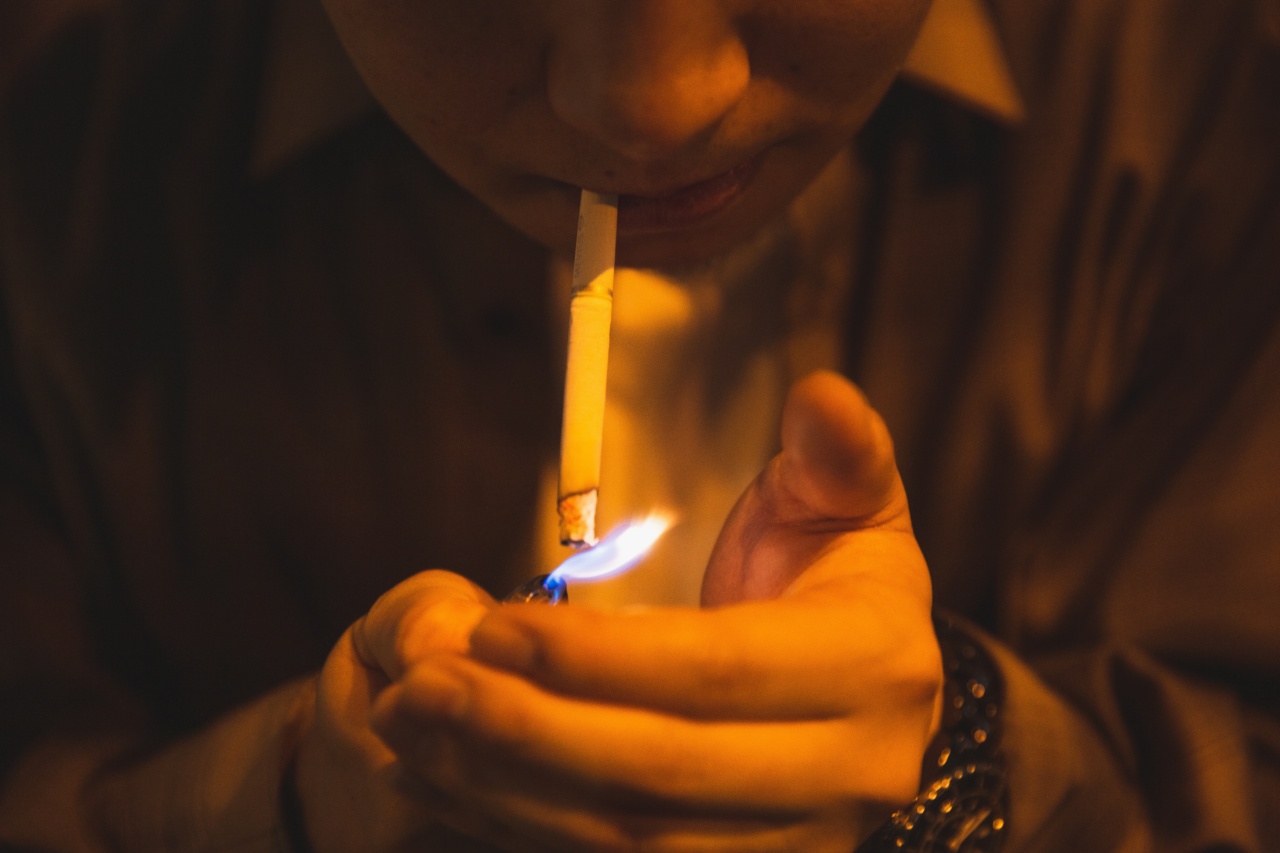Loneliness is a feeling that we all experience at some point in our lives, regardless of age, gender, or culture. It is a subjective experience of social isolation, where one feels disconnected from others, unlovable, and unneeded.
Although loneliness is a common human emotion, extended periods of loneliness can have detrimental effects on mental health and well-being. One of the most severe consequences of prolonged loneliness is the increased incidence of self-harm.
Social Isolation and Mental Health
Social isolation is defined as a state where an individual has minimal contact with others. This lack of social interaction can lead to loneliness and depression, and other mental health concerns.
Research suggests that social isolation is a significant risk factor for self-harm, suicide, and other forms of self-injury. Additionally, studies show that people who experience loneliness and social isolation are more likely to develop anxiety, depression, and low self-esteem.
The Relationship Between Loneliness and Self-Harm
Self-harm is a serious and complex behavior that involves intentional injury to one’s body without suicidal intent. Self-harm can manifest in several ways, including cutting, burning, and hitting oneself.
This behavior is often a coping mechanism for those who feel overwhelmed and unable to cope with the emotional pain they are experiencing. Studies suggest that loneliness and social isolation can lead to increased self-harm behaviors. For individuals who feel disconnected from others, self-harm can be an attempt to feel something or provide relief from emotional pain.
Risk Factors
Several risk factors increase the likelihood of an individual engaging in self-harm. The unifying factor in all of these risk factors is the perception of being alone.
Previous Trauma:
Individuals who have experienced trauma, such as abuse, neglect, or violence, are more likely to self-harm if they feel disconnected from others. Self-harm may be used as a way to cope with the residual emotional pain from the previous trauma.
Difficult Family Relationships:
Individuals who have experienced difficult or abusive family relationships may struggle with interpersonal relationships. This difficulty with relationships can lead to social isolation, which can increase the likelihood of self-harm behavior.
Chronic Illness or Medical Condition:
Individuals who have chronic illnesses or medical conditions may experience increased feelings of loneliness and social isolation due to the nature of their condition.
This isolation can have a detrimental effect on mental health and increase the risk of self-harm.
LGBTQ Youth:
Lesbian, gay, bisexual, transgender, and queer (LGBTQ) youth are at an increased risk of self-harm due to social isolation. These youths may feel disconnected from their peers and families, increasing the risk of self-harm behaviors.
Prevention Strategies for Loneliness and Self-Harm
Preventing loneliness and self-harm requires a multifaceted approach that addresses both the individual and the community.
Interventions that focus on building social connections, improving communication skills, and promoting mental health are effective in reducing the risk of self-harm.
Community-Based Programs:
Community-based programs that focus on promoting social connections can be effective in reducing loneliness and self-harm risk. These programs can range from support groups to social activities such as group sports or music events.
Therapy and Counseling:
Therapy and counseling are effective in improving communication skills and building healthy interpersonal relationships. These interventions promote positive coping skills, reduce feelings of isolation, and improve mental health.
Medications:
For some individuals, medications may be an appropriate treatment to manage symptoms of mental illness. However, medications should be used in conjunction with therapy and counseling to ensure the best outcomes.
Education and Awareness:
Increasing awareness about the risks of loneliness and self-harm is an essential component in preventing these behaviors. Raising awareness about these topics can reduce stigma and promote education about healthy coping mechanisms.
Conclusion
Loneliness and social isolation are significant contributors to self-harm behaviors. For individuals who feel disconnected from others, self-harm may be used as a coping mechanism for emotional pain.
Preventing self-harm requires a multifaceted approach that addresses both the individual and the community. Community-based programs, therapy and counseling, medications, and education and awareness are effective interventions to reduce the risk of self-harm.































